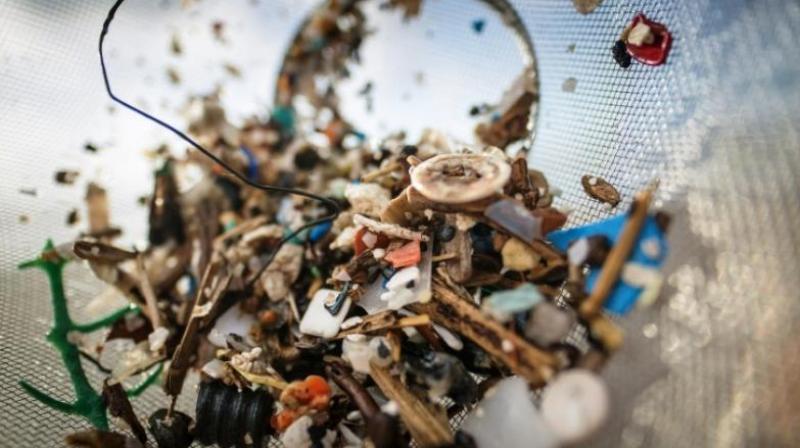
New York: University of Michigan scientists have devised a novel method for tracking the movement of tiny pieces of plastic in the ocean using NASA satellite data. Microplastics are formed when plastic trash in the ocean degrades as a result of the sun’s rays and the motion of the ocean waves. These tiny plastic flecks are harmful to marine organisms and ecosystems.
Currently, the main source of information about the location of microplastics comes from Fisher boat crawlers who use their nets to catch plankton and unintentionally microplastics. The new method is based on data from NASA’s Cyclone Global Navigation Satellite System (CYGNSS), a constellation of eight small satellites that measure wind speeds above Earth’s oceans and provide information on hurricane strength. CYGNSS also employs radar to assess ocean roughness, which is affected by a variety of factors such as wind speed and debris floating in the water.
Working backward, the team sought areas where the ocean was smoother than expected given the wind speed, which they suspected might indicate the presence of microplastics. The researchers then compared those locations to observations and model predictions of where microplastics congregate in the ocean. The researchers discovered that microplastics were more prevalent in smoother waters, demonstrating that CYGNSS data can be used to track ocean microplastic from space.

Post Your Comments